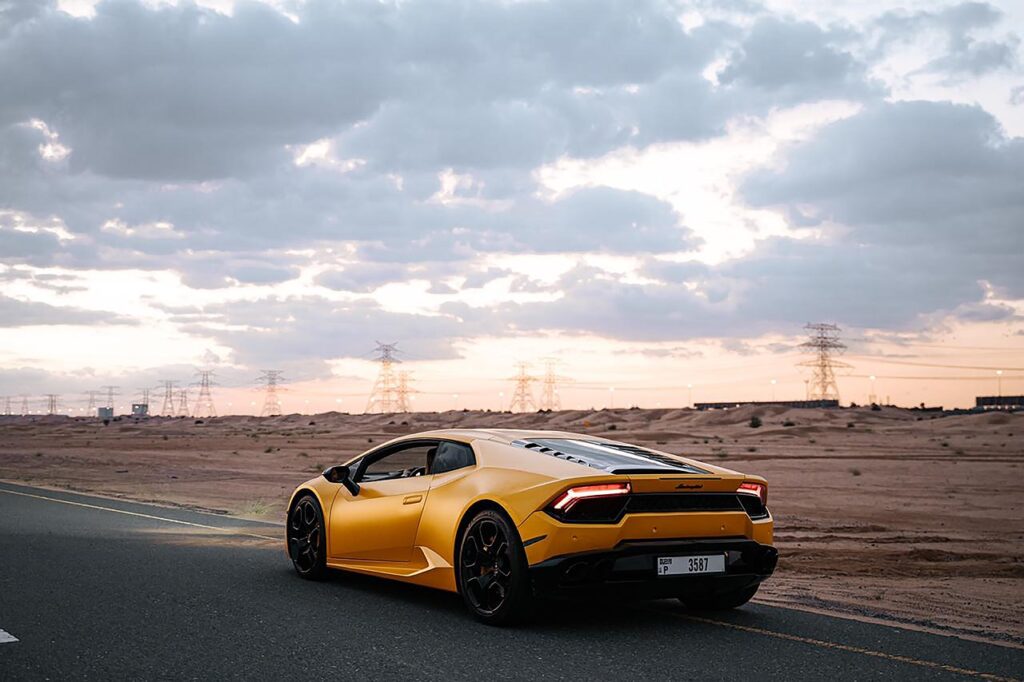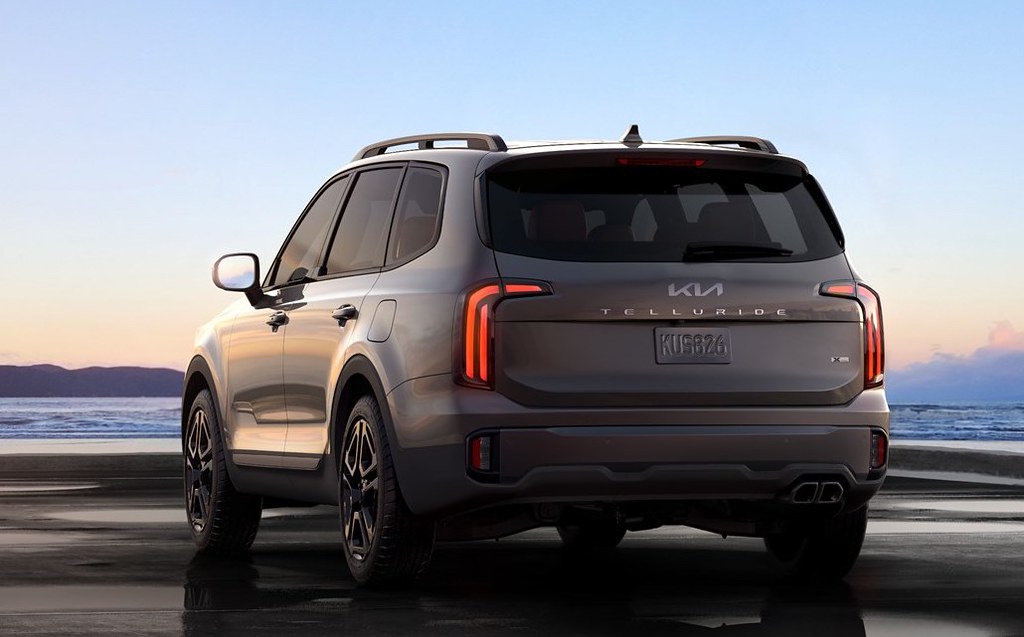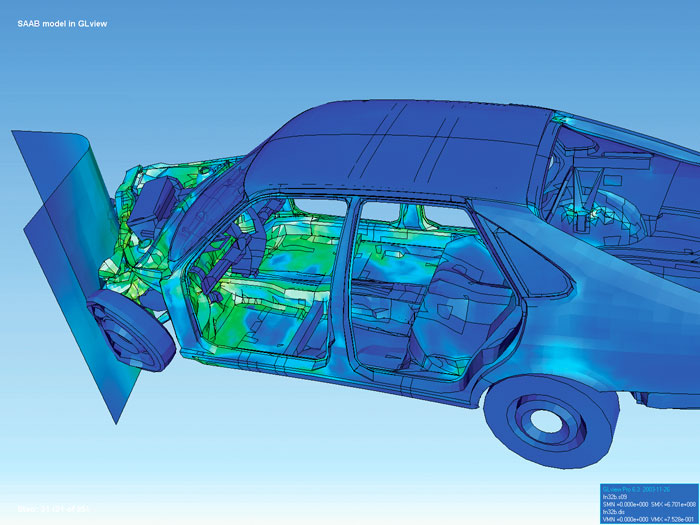
As we delve into the captivating automotive realm, the allure of sleek designs and powerful engines often overshadows the less glamorous stories of cars that didn’t quite make the cut. While some vehicles are celebrated for their lasting legacies of power and innovation, others are remembered for their disappointing performances and infamous fates, reminding us that not every dream car finds its wings. Let’s take a closer look at the first half of our list featuring 30 of the most unfortunate cars ever made, each with its own unique journey of ambition followed by a spectacular misstep.

1. **Covini C6W (2009)**: This Italian wonder, boasting six wheels, aimed to revolutionize grip and braking dynamics. With a stunning 4.2L V8 engine and a whopping price tag of $400,000, the Covini C6W was a bold endeavor, albeit one that missed the mark. While it promised enhanced performance, its eccentric design made it more of a conversation starter than a true contender in the competitive supercar market.

2. **Devel Sixteen (2020)**: Dubai’s audacious attempt at a hypercar, touting a 12.3L V16 engine with an insane 5,000 horsepower. The Devel Sixteen’s journey has been marred by technical challenges and delays, leaving many wondering if it will ever transition from concept to reality.

3. **Mitsuoka Orochi (2007)**: This unique offering from Japan, often seen as a quirky rival to Ferrari, came with a 3.3L V6 engine that fell short of delivering the exhilarating performance to match its eye-catching aesthetics. With just 231 horsepower and a 0-60 mph time of 7 seconds, the Orochi struggled to fulfill the high expectations set by its audacious design, leaving enthusiasts wanting more.

4. **Hofstetter Turbo (1986)**: A Brazilian kit car born out of necessity due to import restrictions, featuring a 2.0L turbocharged engine. Despite its unique market intent, only 18 units were produced, emphasizing its limited appeal and performance shortfalls.

5. **Panther 6 (1977)**: This British venture into the realm of six-wheeled cars featured an impressive 8.2L twin-turbocharged V8 capable of producing 600 hp. However, its extremely limited production of only two units highlights the niche appeal and impracticality of such an extravagant design, ultimately making it a rare footnote in automotive history.
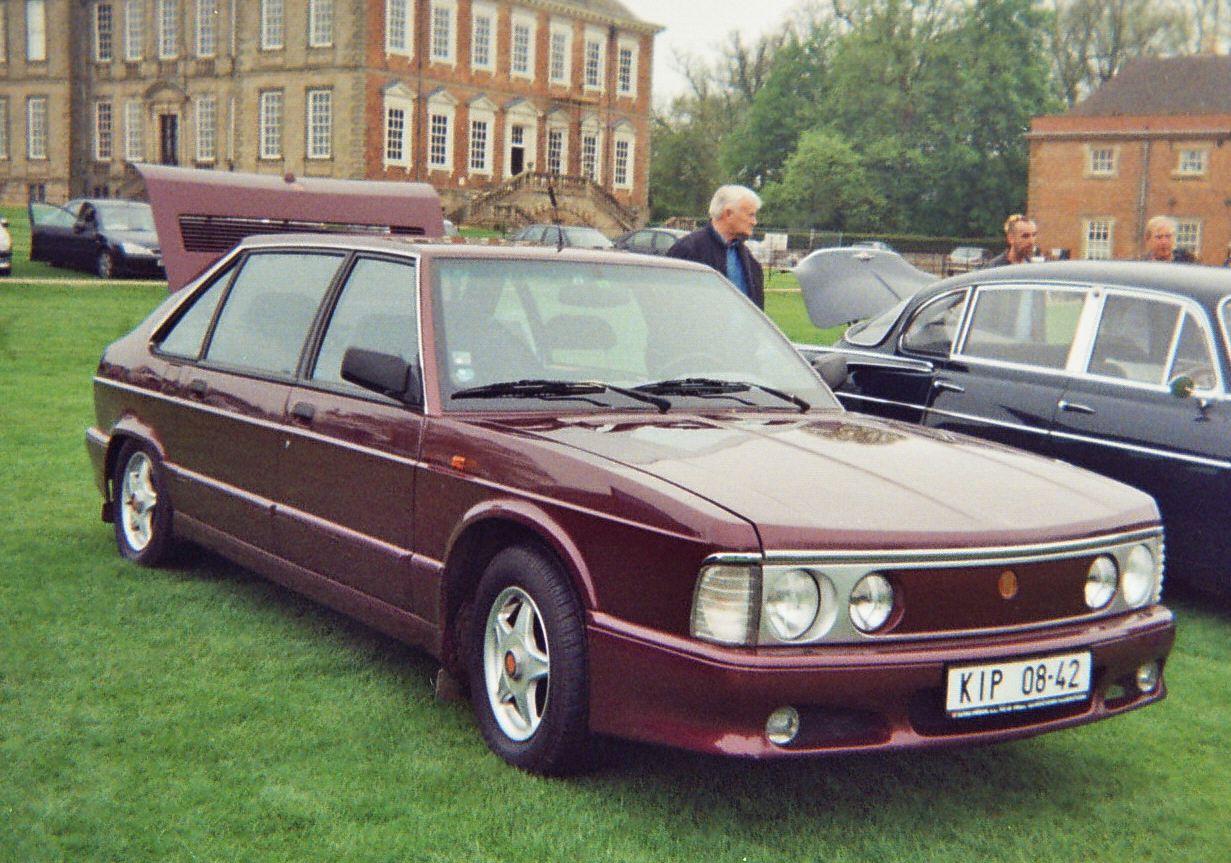
6. **MTX Tatra (1991)**: Originating from Czechoslovakia, this sports car was born from an ambitious collaboration yet was tragically cut short by a catastrophic fire that halted production after producing a mere four units, leaving its potential unrealized and its story incomplete.

7. **Cizeta-Moroder V16T (1991)**: This audacious project featured a powerful 6.0L V16 engine but ultimately succumbed to the financial failures that plagued its creators, resulting in just 19 examples being produced as a bittersweet reminder of what might have been.
8. **BMW M1 (1978)**: A pioneering effort by BMW that birthed the M series, yet its racing ambitions were thwarted by production challenges. Despite its revered status today, it was a commercial flop at the time.

9. **Mosler Consulier GTP (1985)**: Known for its lightweight design, the Mosler was hindered by its 2.2L turbocharged engine sourced from Chrysler, which failed to deliver the exotic performance one would expect from its striking appearance, leaving it largely overlooked.

10. **Venturi Atlantique (1986)**: The French supercar praised by Jeremy Clarkson, but financial instability led to its downfall. Despite good reviews, it couldn’t sustain the business needed to flourish.
11. **Lamborghini Urraco (1973)**: A budget-friendly attempt by Lamborghini that suffered from reliability issues and poor performance, ultimately leading to its demise after a short production run.

12. **Aston Martin Vantage Le Mans (1999)**: A tribute gone wrong, despite its 600 hp engine. High costs and disappointing performance made it more a collectible than a competitive car.
.jpg/1200px-Ferrari_Testarossa_(14686650099).jpg)
13. **Ferrari Testarossa (1984)**: Iconic in design but not in speed, with maintenance costs that were as extravagant as the car itself, leaving it mainly as a showroom piece.

14. **Dome Zero (1978)**: A Japanese concept that never reached production due to funding and regulatory issues, it remained a dream rather than a revolution.

15. **Maserati Merak (1972)**: Attempting to carve out a space in the budget supercar market, the Merak struggled to impress with its underwhelming 190 hp engine and complicated hydraulic systems. This blend of stunning beauty and nagging unreliability proved too much for the market, as it failed to sustain its presence amidst its competitors.
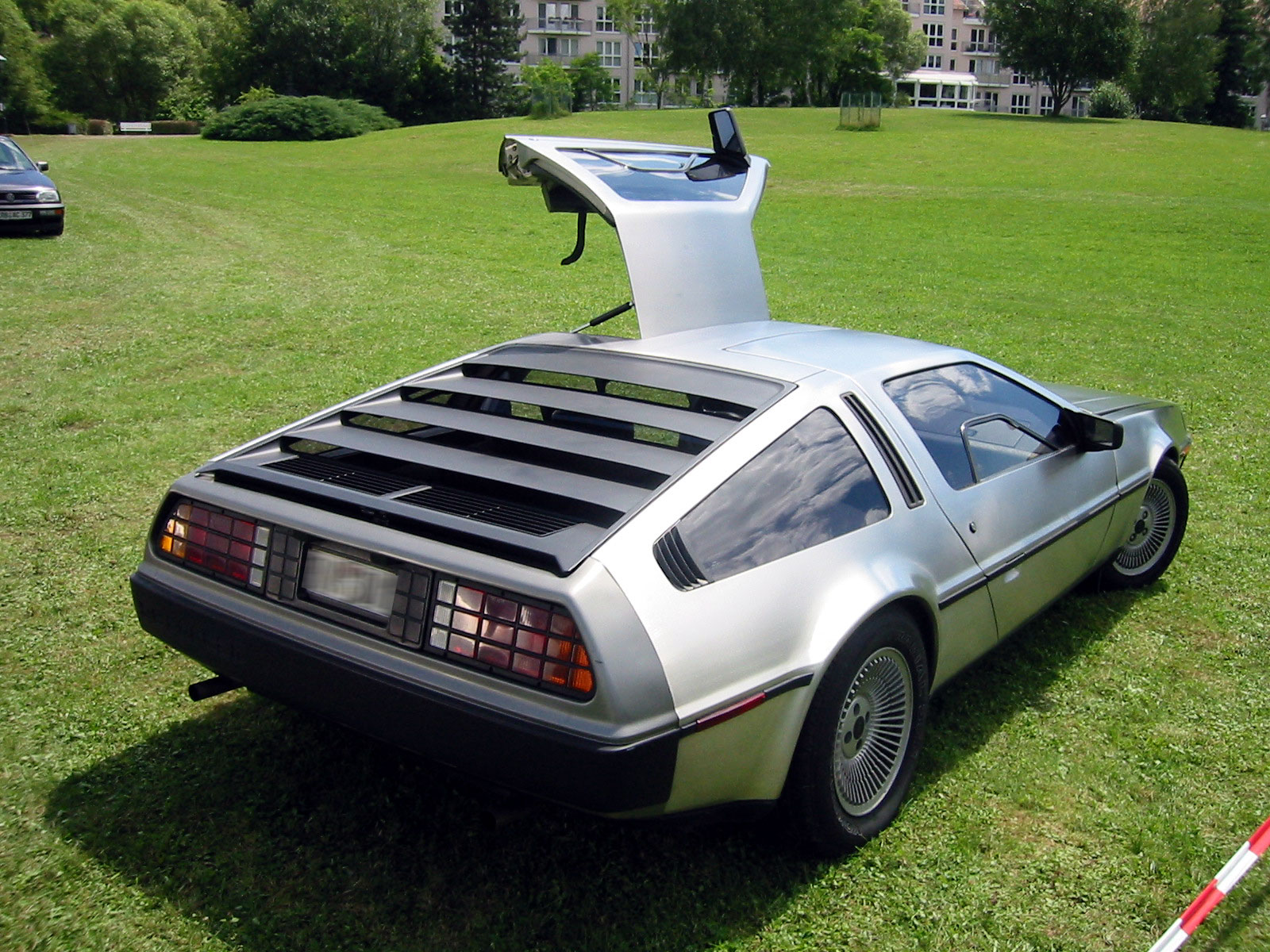
16. **DeLorean DMC-12 (1981)**: Back to the Future fans will recognize this iconic car, but aside from its movie fame, the DeLorean DMC-12 was underwhelming in performance. With just 130 hp, it struggled with the basics of speed and reliability. Owners often found more joy in its stainless steel body and gull-wing doors than in its driving experience.

17. **Vector M12 (1996)**: The Vector M12 was a tumultuous blend of ambition and mismanagement. With a Lamborghini-sourced V12 engine, it promised supercar thrills but delivered a cumbersome ride instead. The car’s troubled production history overshadowed its potential to be a standout performer.
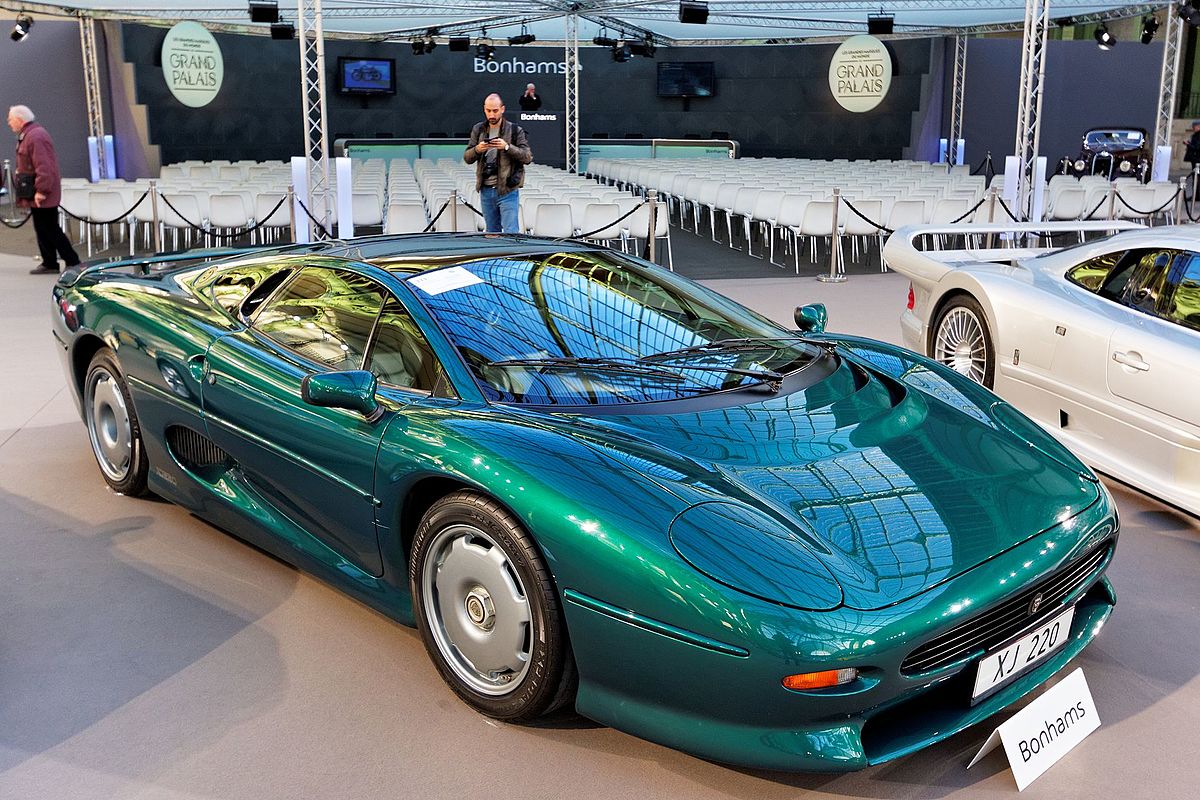
18. **Jaguar XJ220 (1992)**: Initially designed to be the crowning jewel of supercars, the XJ220’s legacy was marred by a series of broken promises. While it was originally advertised with a powerful V12 engine and all-wheel drive, it ultimately delivered a disappointing V6 and rear-wheel drive, leaving many buyers feeling misled and disillusioned, tarnishing what could have been a stellar reputation.

19. **Chrysler Crossfire (2003)**: With its roots in the old Mercedes SLK, the Crossfire should have been a hit but fell short due to uninspiring design and performance. Its complex and often problematic mechanics made it a car that was burdensome to maintain, detracting from any potential it had.

20. **Lancia Dedra (1993)**: The Dedra was Lancia’s attempt to revitalize its image, but it failed to excite with its bland appearance and lackluster performance. While it has a niche following today, it remains an example of missed opportunities in car design.

21. **Nissan Micra C+C (2005)**: This convertible iteration of the Micra was a curious case of odd design choices. Its toy-like appearance and limited practicality made it more of a novelty than a serious contender in the car market.

22. **Dodge Caliber (2007)**: Known for its utilitarian appeal, the Caliber was plagued by reliability issues, particularly with its CVT transmissions and structural rust. While it served well as a family car, these significant problems often overshadowed its practicality.
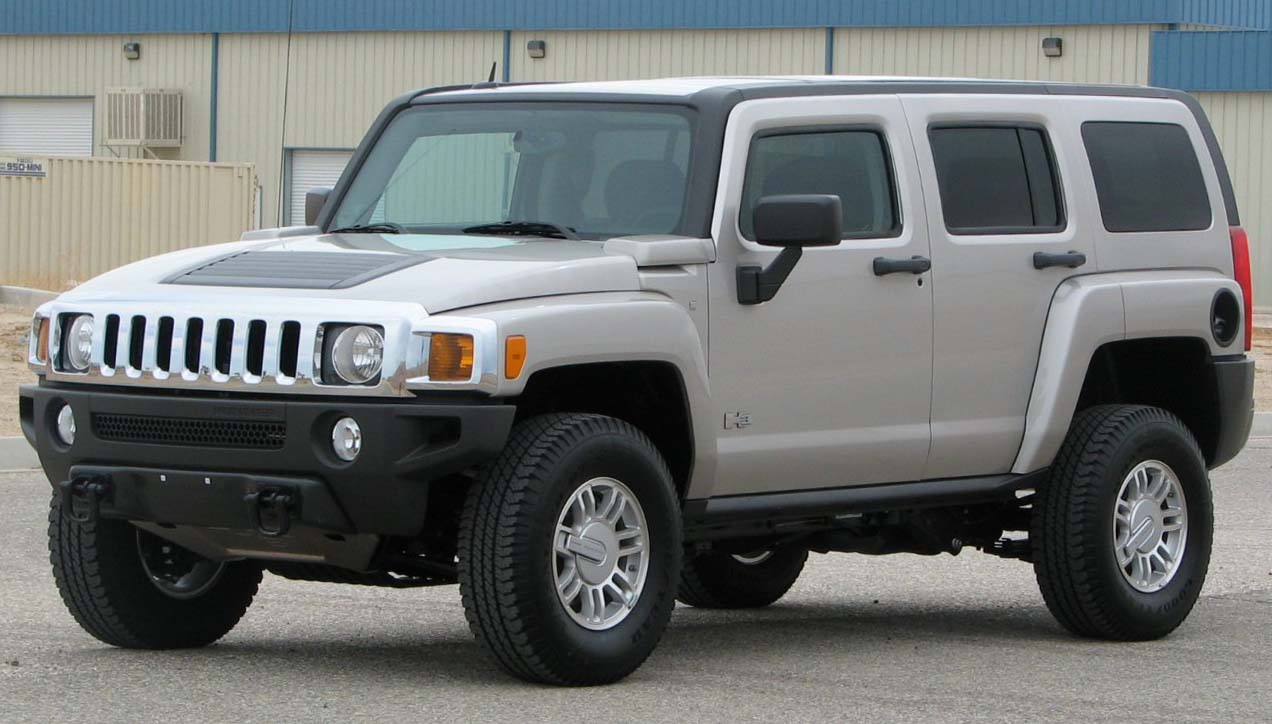
23. **Hummer H3 (2005)**: The H3 represents the extremes of American vehicle design, characterized by its hefty build and limited performance capabilities. While it does excel in off-road adventures, its lack of power and modern features ultimately relegated it to a role more about style than practical substance, highlighting the challenges of blending ruggedness with everyday usability.
Related posts:
The 30 Worst Cars Ever Made
List of automobiles known for negative reception
The 50 Worst Cars of All Time




